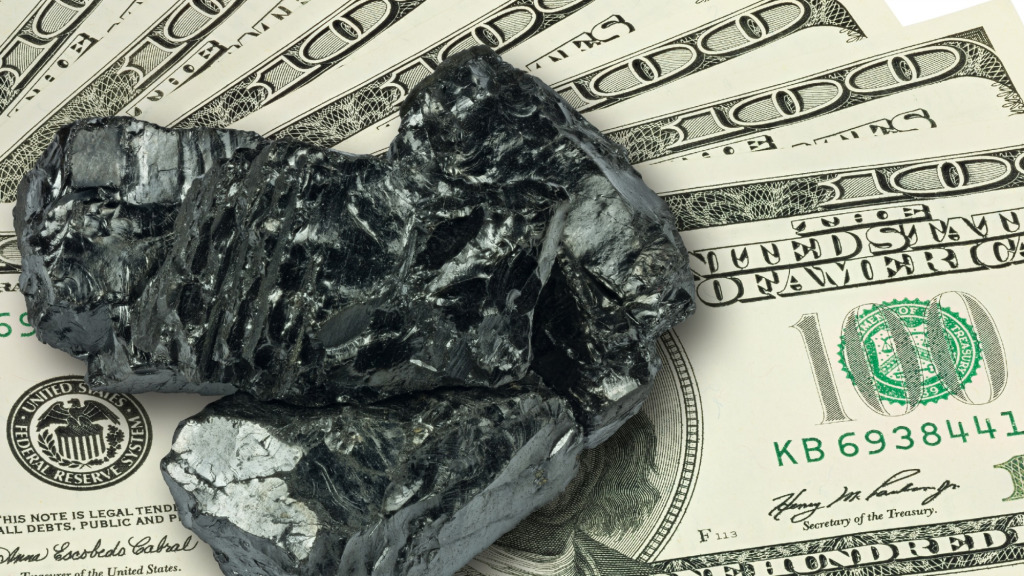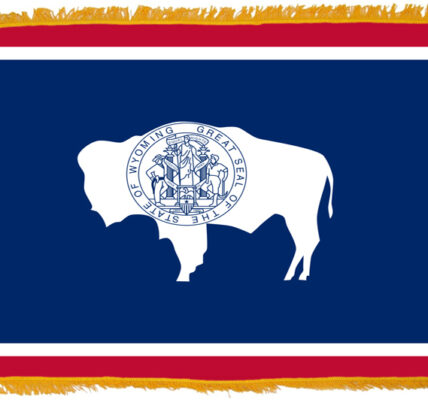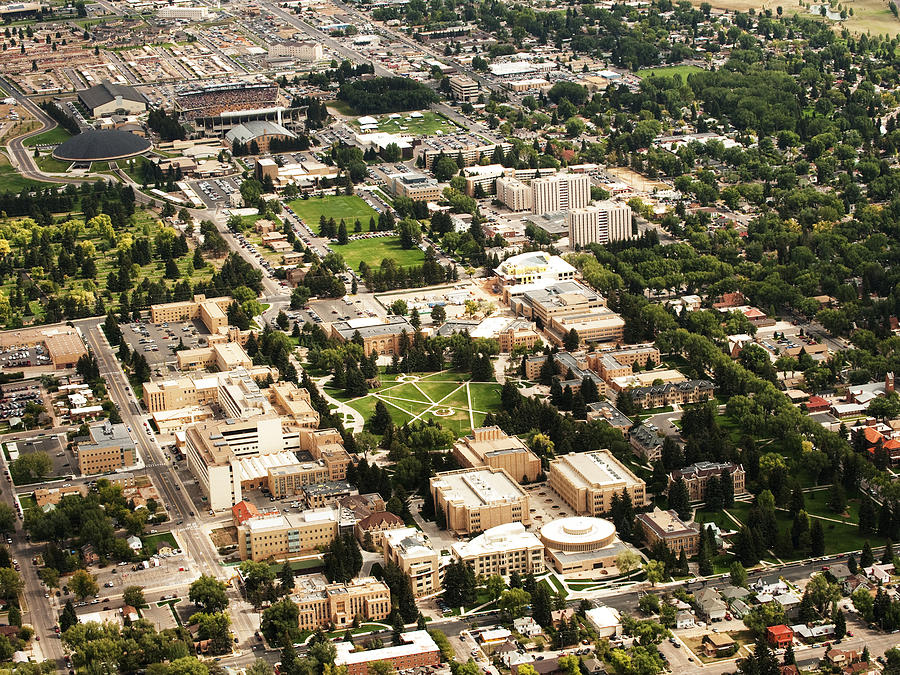By Nicole Pollack
Casper Star-Tribune
Via- Wyoming News Exchange
CASPER — Utilities are back in the market for coal.
Powder River Basin coal is known for its stability. Over the last decade, even as the industry contracted, its weekly spot price fluctuated by just $5 per short ton, never rising above $13.25, never sinking below $8.25. The spot price of costlier but more energy-dense Appalachian coal, meanwhile, ranged from $40 to nearly $84.
Then, on Oct. 29, Powder River Basin coal passed $14 for the first time since 2011. Two weeks later, the spot price soared to a record $30.70 per short ton.
It was still at $30.70 the next week. And again the week after that.
The stunningly high price of coal is largely the consequence of a supply and demand mismatch in the natural gas market, where demand has continued to exceed supply in the wake of COVID-19 lockdowns, propelling natural gas to its highest sustained price since 2014.
“Over the last decade, gas prices have been stubbornly low — I mean, they’ve been below $2,” said Travis Deti, executive director of the Wyoming Mining Association. “And utilities have been relying on their natural gas resources.”
The market price of natural gas is more variable than the price of Powder River Basin coal. Electric utilities that operate both coal and gas-fired power plants can switch back and forth, and according to Deti, Wyoming’s coal becomes competitive when natural gas costs more than $2.60–$3 per million British thermal units.
The spot price of natural gas was $4.90 on Nov. 26. Between mid-September and mid-November, it remained above $5.
“Utilities are charged with providing electricity to their customers, as low as they can, and so the demand on the (Powder River Basin) has grown significantly in the last couple of months,” Deti said.
For years, U.S. utilities have increasingly substituted electricity produced from renewables and natural gas in place of coal-fired power. But power plant units burning subbituminous coal — the type mined in the Powder River Basin — made up about one-third of the close to 100 megawatts of U.S. coal capacity retired since 2011. The majority of retired capacity relied on bituminous coal from the Appalachian and Illinois basins.
Still, even though most of the power plants fueled by Wyoming coal are still operational, many face looming retirement dates. Utilities have slowly depleted their existing coal stockpiles in preparation for those closures. This September, U.S. stockpiles of subbituminous coal fell to 46.2 million tons — their lowest in more than a decade.
In mid-2016, just before utilities began consistently reducing those stockpiles, subbituminous coal reserves exceeded 107 million tons.
“Utilities are buying up coal like crazy right now, trying to replenish stockpiles that they burned down in the last four to five years,” Deti said.
While demand has skyrocketed, production has changed very little. That’s driven up the cost of Powder River Basin coal. And with winter now approaching, bringing the threat of even higher natural gas prices before costs eventually begin to fall, natural gas has remained expensive enough to sustain the new coal price.
“Now that prices are up, you’re going to have to fall back on your coal resources,” Deti said. “Even at $30 at the spot price, it’s still competitive.”
A lot of that added cost is being exported out of state. Most of Wyoming’s coal-fired power plants get their coal directly from nearby mines operated by the same utility, meaning in-state electricity bills won’t necessarily reflect spot prices.
“Wyoming ratepayers will be insulated from the increasing market price of coal, to some degree, because of the arrangements that we have with the company-owned coal mines,” said Bryce Freeman, administrator of the Wyoming Office of Consumer Advocate.
But even out-of-state utilities don’t always buy Wyoming coal at the spot price. Often, they negotiate fixed-price contracts with producers.
The 10-year contracts of coal’s heyday haven’t reemerged, but many utilities, expecting coal to stay cheaper than natural gas at least through the winter, are now entering into threeor four-year contracts — guaranteeing demand for coal through at least the middle of the decade.
“We’ve got a couple of steady, good, solid years coming,” Deti said.






